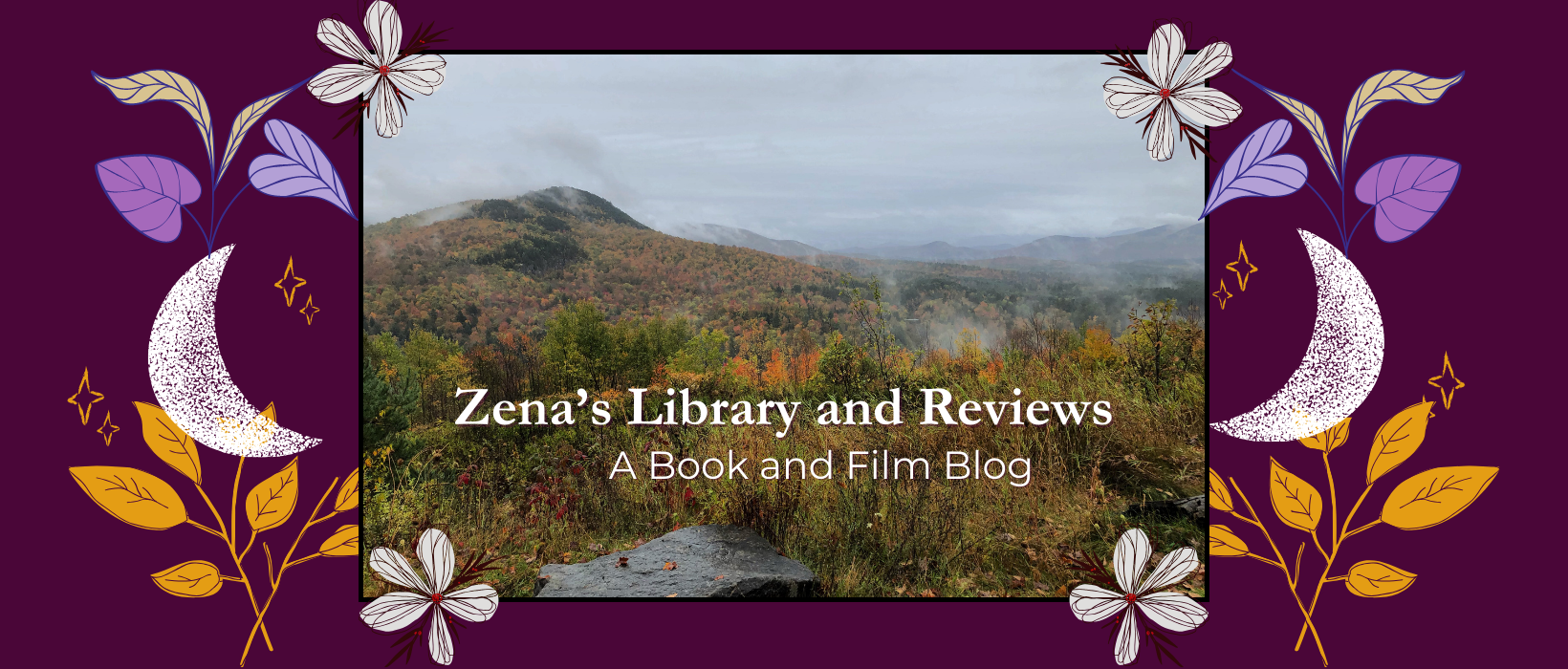
Yes, this is an odd coupling to put together, but I reread both of these recently. What do these two poets from different periods in time have in common? And how are they different? What do they write about? What’s beautiful about their work? What’s boring about their work?

Ginsberg was somewhat of a radical. He was a part of the Beat Poets, which means that he was interested in playing against tradition, using stream of consciousness, integrating the obscene and the revolutionary into his work. As a cited “rebellious” figure, he was often at anti-war protests, namely against the Vietnam war. He was comfortable getting into the faces of law enforcement and standing with people who he felt aligned with. And he championed the “tired, huddled masses”, as Irving Berlin would say.
Dickinson in contrast was somewhat of a homebody, although the rumours of her being a recluse are untrue. She was quite active with other poets in her community and with family and domestic life. Much of her poetry is a contemplation on life and death, a calling forward of spirit within ourselves and a loneliness that comes with loss.

Dickinson was the first poet I truly fell in love with at the young age of 13 or 14. I wrote a little story about that in my Instagram post here. It took me a few decades to return to her work, as I felt obligated to explore the poetry of people I hadn’t yet and I rarely returned to reading novels and poetry I already had. This is a habit I’ve had for as long as I can remember. It’s a hunger and a thirst for the expansiveness of the literary world. Recently, I’ve found myself changing this, as I’ve come to see returning to works as their own separate experiences that don’t have to take away from or replace the initial one (though sometimes it happens without choice).
Rereading both of these poets was quite a pleasure, for entirely different reasons. Dickinson’s words are full of personal joy, loss, sorrow. They often rhyme though she uses rhyme with much more precision, to offset the expectation of the rhythm she’s put in place. I suspect that was done on purpose to redirect attention from her rhyme to her intent and meaning and subsequently back to her writing.

Even this many decades later I have a profound personal connection to her poetry that I was surprised to find still there. In some ways it reminded me of being a teen girl discovering Dickinson for the first time, as I had forgotten just how much of her work felt like me, like the girl I was and the woman I am. I think it is this connection she creates with the reader, with life itself and with concepts like death and loss, that invites her work back to reader’s minds and hearts.
In Ginsberg’s work there is less of an interpersonal communion, of the feeling of me and you, sitting here together. Ginsberg’s aim is to unite the reader with ‘mankind’. He reads like someone trying to rally you to a cause, to get you fired up for the lost and abandoned of America. If anything his work resonates with the world right now, when considering the massive populations of increasing homelessness, abandoned social and mental health systems, and ceaseless wars on vulnerable people using vulnerable people to do so. At the same time as he aims for unity, he’s using stream of consciousness that asks to embrace madness, to remove the self-police from sitting in the room and to ruffle feathers, to disgust and upset.

Lastly, Ginsberg was a gay man and there is some speculation that Dickinson was a gay woman. I cannot confirm the latter, but the former is very true, so if you’re looking for more gay or queer poetry, he could be an interesting place to start.
If you’re interested in reading The Essential Emily Dickinson, Howl or any of these two poets’ works you can purchase a copy at The Book Outlet for a discounted price and without guilt of contributing to the Amazonification of the book world (I just made that up). If you’d like to subscribe to this blog you can do so at the contact page and if you liked my writing you can tip me over at Ko-fi.


